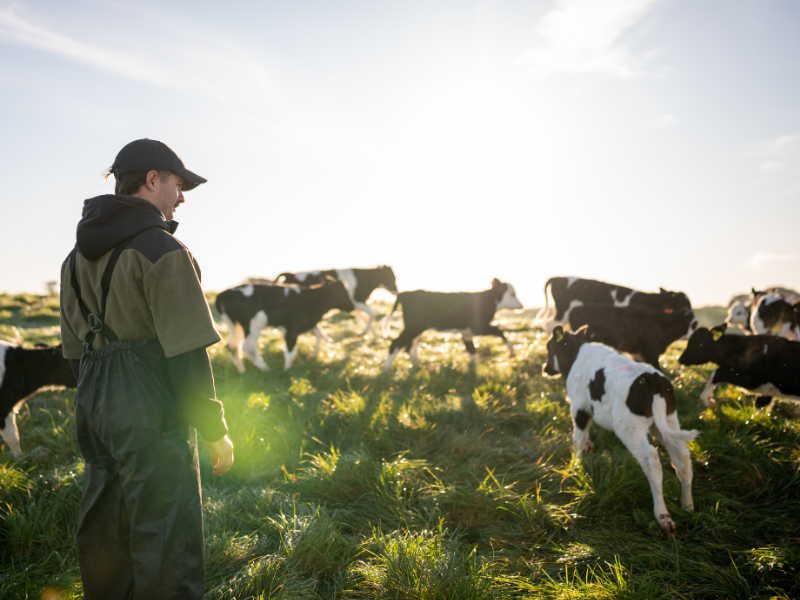An apple a day or the land of milk and honey?

Seb Chapman


New Zealand Dairy: Supply and Demand Overview
New Zealand continues to lead as the world's largest dairy exporter, with fluid milk production estimated at 21.7 million metric tons for the 2025 market year, reflecting steady growth.
Milk collections have surged, with a +8% increase in the 2024-2025 season. Supply growth is balanced and sustainable, bolstered by favourable farm gate prices and efficient production systems, even as environmental factors encourage measured expansion.
Global demand remains robust and resilient. Recovering imports from key markets like China, combined with tight global supplies, have fuelled a dairy bull run, with NZ exports up 5% year-over-year in Q1 2025, adding +$1.5billion in value. Dairy export revenue is on track to reach +$27 billion by June 2025, a +16% rise, underscoring the sector's enduring strength.
New Zealand Apples: Supply and Demand Overview
NZ's apple sector is in a phase of recovery and expansion following past weather disruptions. Production for 2025 is forecast at around 560,000 tons, up from previous years, as planted areas increase to approximately 27,181 acres. Exports are projected to grow, potentially reaching 21 million cartons (about 378,000 tons), with varieties like Envy contributing significantly amid ongoing plantings.
Demand is strong in markets such as Asia, with China imports of NZ apples up 43.5% in early 2025, supporting export revenue exceeding $1billion for the year to March 2025, a 20% increase. However, the sector's rapid expansion introduces variables in supply management, with ambitions to double revenue to $2 billion by 2035 relying on continued innovation and market adaptation and demand staying ahead of the ever-growing supply.
Key Comparisons
- Supply Dynamics: Dairy supply in NZ demonstrates consistent, resilient growth (e.g., fluid milk up to 21.7 MMT), supported by established infrastructure and adaptive practices that mitigate constraints like environmental regulations. Apples, while expanding more rapidly through new plantings, face potential fluctuations in scaling up production post-recovery.
- Demand and Market Stability: Both sectors enjoy solid global demand, but dairy's market is notably balanced and resilient, with high prices and steady export growth amid tight supplies, offering reliability in volatile conditions. Apple demand is surging in specific regions, yet its stability may vary with emerging supply pressures and dependency on premium positioning.
- Global Perspective: NZ's dairy sector holds a dominant position in global exports, with projected $27 billion in revenue reflecting its scale and ability to capitalize on worldwide trends like recovering Chinese demand. Apples show promising growth in niche markets, but dairy's broader influence and proven track record suggest stronger long-term stability compared to the apple sector's faster but more variable trajectory.
These trends illustrate how in comparison to apples, dairy's foundational role in NZ agriculture provides a stable base for diversification that’s more resilient to supply shocks and extreme weather events.
